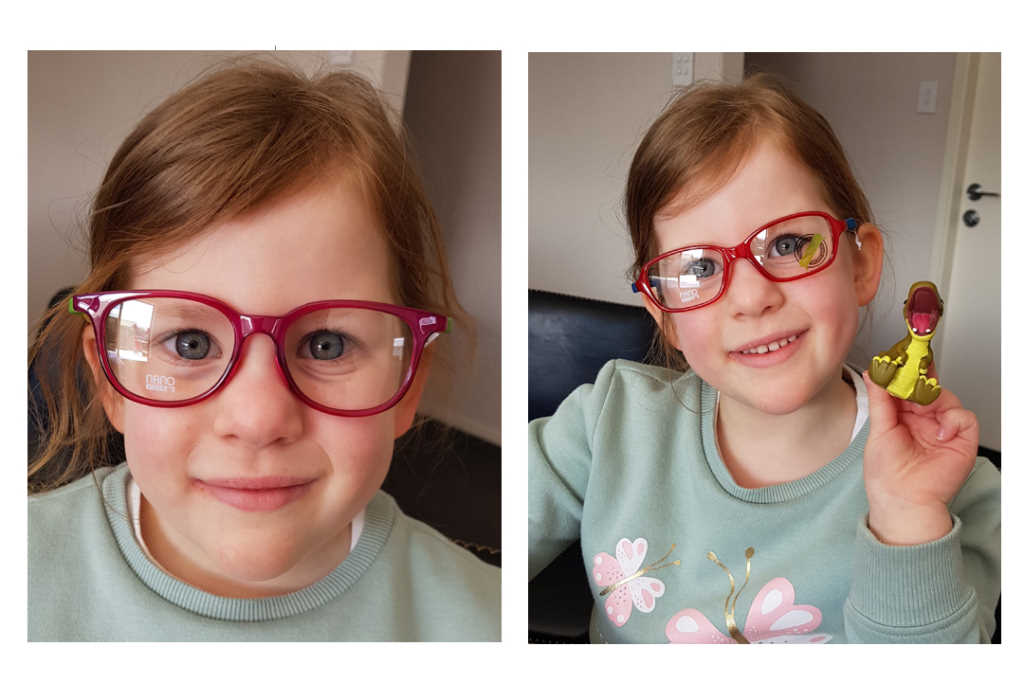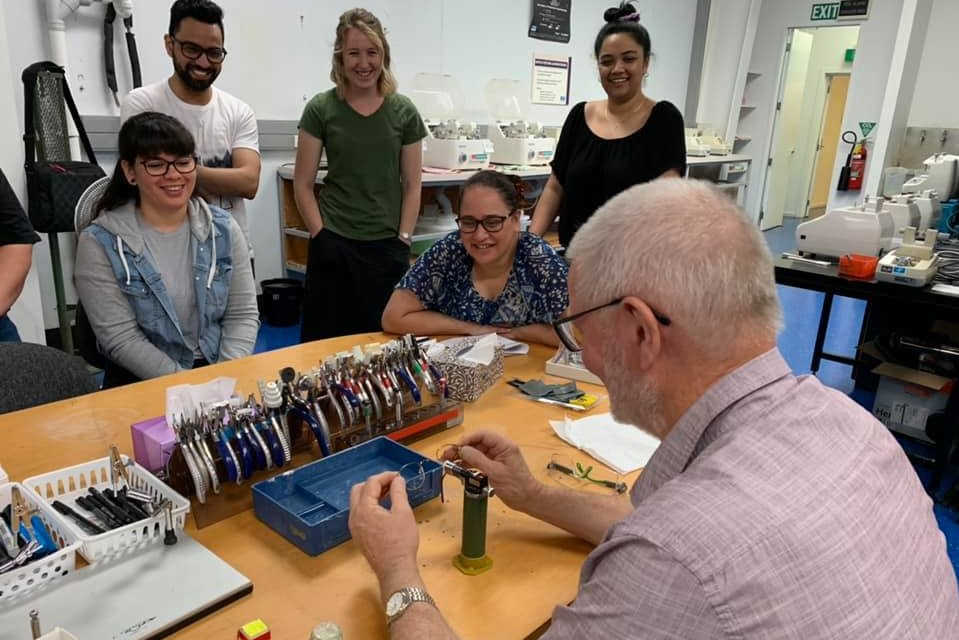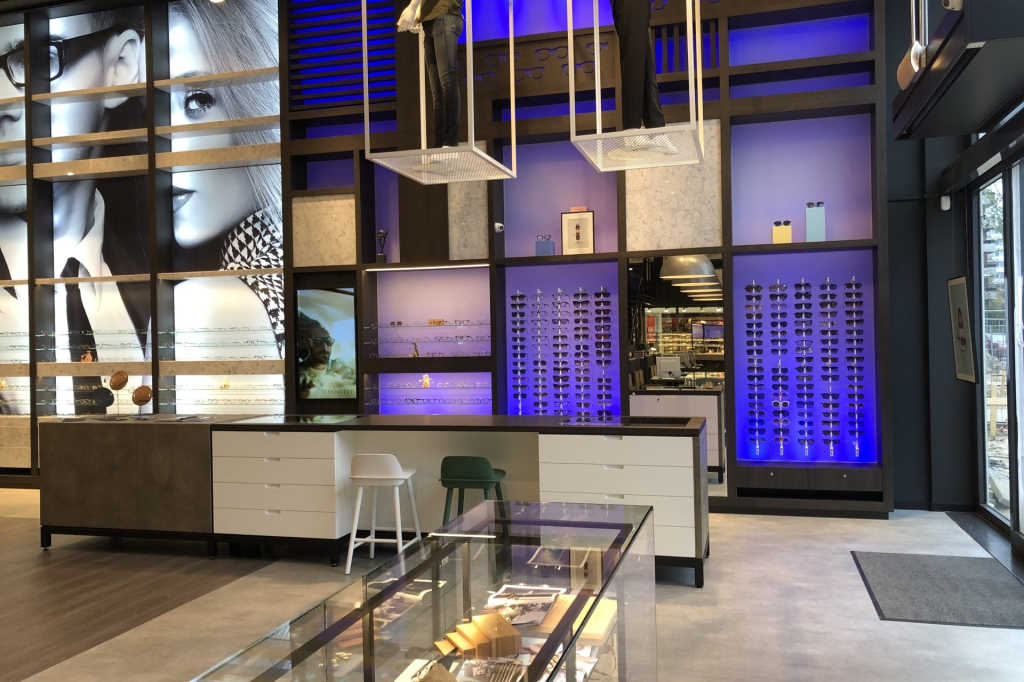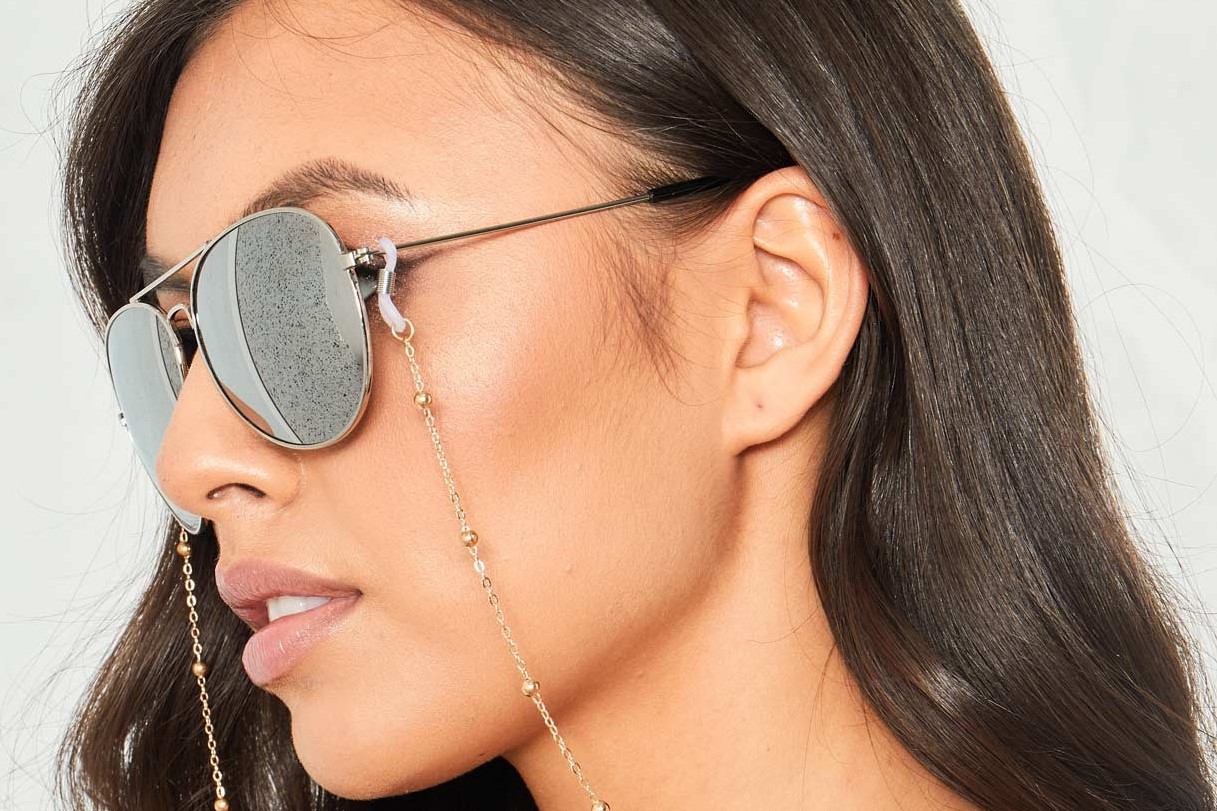The best laid plans…
So much for 2020, huh?
We all thought we were going to milk this 2020 thing for all it’s worth; a never-ending stream of one vision-focused, date-related pun after another, forced into every conceivable bit of marketing we can muster.
The year of the optician! Finally! And then karma says, “Hold on just one second, have I got something for you!” Don’t fear, this piece is not another one about Covid-19 or the effect of Covid-19 on your business. What the pandemic’s effect does reaffirm, however, is that no matter how well we plan, and how carefully we contemplate and consider, things can sometimes still go spectacularly wrong.
Every sizeable optical lab has sales reps and customer service staff that train you to use their products correctly and dispense their lenses according to a formula that promises success. There is a myriad of dispensing tools generated by these vendors that aid in making their lenses and coatings easier to work with, reduce comebacks and non-tolerance issues and ensure patient satisfaction. The bigger optical laboratories, which design their own lenses, will tell you that if you dispense their products, you are guaranteed success. And yet, every so often, a non-tolerance rears its ugly head and despite our best efforts, and often multiple attempts to rectify the issue with the patient, we are left mystified as to where and how we went wrong.
Blame the product!?
The first instinct for most in this situation is usually to blame the product. I have been fortunate enough to have worked for almost all of the world’s big lens designers at some point and my employment at all of them has been characterised by one recurrent issue. Indeed, if I had a dollar for every time I heard, “My patient was wearing an Optical Lab XYZ Better-Life lens and I switched them to your lens, and now they are unhappy,” I would be a very rich man!
So how does it happen? Especially when we have such great lens designs available from almost every lab, we still have issues that we can’t quite pinpoint, patients we can’t quite satisfy and mysteries we can’t quite solve?
It’s human nature! Thanks to our marvellously adaptable visual system, we can easily plaster over the cracks of a relatively small issue, that inevitably in hindsight has us facepalming ourselves to utterances of, “What was I thinking?” Life gets busy, and sometimes one slips through. So, when the odd progressive, non-tolerance strikes, we roll out that mental checklist and go to work.
- Rx verified and compared to previous Rx or, if you are lucky, entire dispensing history? Check!
- Monocular PD’s verified? Check! Hmmm…. You know, I’m sure it’s the lens…
- Fitting heights verified? Check! Yep, definitely has to be the lens…doesn’t it?
- Pantoscopic angle verified? Check! I never trusted that sales rep…
- Face form angle verified? Check! Looks waaay too shady with that slicked back hair…
- Back vertex distance verified? Check! And that toothy smile and glib demeanour…
- Corridor lengths matching? Check! That suit was too expensive for a rep…
- Prism reference point verified? Check! Why did I ever think of changing labs?
- New lens design confirmed as similar/better according to the sales rep? Check! Really? How can they know definitively? Wait…
Can you compare like for like?
Comparisons/analyses from lens designers on their competitors’ products are usually done on some quantifiable constant, the most common being plano, or a dioptre or two either side of plano, with a +2.00 add, or such like. It is impossible for anyone to accurately predict the outcome if there are disparities between dispensing parameters from the current/habitual Rx design and the newly dispensed pair of spectacles, as too many factors come into play. Also, unless your friendly neighbourhood lens salesperson has accurate design data on every product currently available on the market (they won’t), this becomes a ridiculous shot in the dark. Better design? Perhaps, theoretically, in a vacuum, but on a nose, in front of an eye, at an angle etc? Experienced practitioners who have had the benefit of working closely with many lens designs over time start to see patterns emerge and adapt their dispensing behaviour accordingly.
Certain lens designers limited perhaps by a test group demographic that may be either, predominantly myopic or hyperopic for example, may find their designs swayed slightly favourably in a direction, as their wearer trial success rate would perhaps dictate which designs go into production. This speculative theory has been proven many times in a ‘horses for courses’ dispensing ethos that I have tried to apply throughout my career. Certain lenses just work better for certain patients. In time, you figure out your own patterns (I will refrain from any biased promotion or demotion of a particular design stable here).
Next, the impact of just marginally altering the calculation input of a lens to accommodate for cosmetic improvement can have significant implications. Take prism for example. Your average Joe Soap with a low Rx and relatively bog-standard panoramic measurements can have his visual perception through a progressive lens dramatically altered changing from one lens stable to the next by something as “trivial” as thickness reduction prism (TRP). An oft forgotten calculation element which allows labs to balance vertical thickness disparities in progressive designs, TRP is introduced in varying quantities by designers to effectively make lenses more cosmetically appealing.
Certain laboratories make greater use of this tool than others, hence some labs produce thinner and flatter lenses. But that comes at a price. A patient who has adapted to a progressive lens over time (there’s that wonderful adaptable human visual system again!) and is sensitive to change, can be dispensed the best progressive design available, only to experience tolerance issues, ironically, in a lens that is optically more correct than what they have worn before, due to this adaptation evolution.
Add some less-than-perfect…
Then there’s oblique astigmatism. Additional oblique astigmatism, over and above what is already inherent in that particular Rx, relative to the chosen design, is also introduced. This element is very difficult to control in the vertical extremities of the lens with the introduction of TRP calculated for each job in real time. In Table 1 below, you can clearly see the implication when TRP is induced for different sphere powers and fitting heights:
|
SPH [D] |
FH [mm] |
TRP induced |
ADD Difference |
Cyl difference distance |
Cyl difference near |
|
-3.00D |
18 |
1.51 BD |
0.17D |
0.09D |
0.11D |
|
21 |
0.82 BD |
0.09D |
0.05D |
0.06D |
|
|
24 |
0.18 BD |
0.02D |
0.01D |
0.01D |
|
|
+3.00D |
18 |
0.95 BU |
-0.05D |
0.01D |
-0.02D |
|
21 |
0.16 BD |
0.01D |
0.00D |
0.00D |
|
|
24 |
1.32 BD |
0.07D |
-0.01D |
0.04D |
Table 1. Showing the effect of TRP
Some lens designers also include horizontal prism (up to 1.00D BI/BO) to balance horizontal thickness disparities (especially in extreme Rx’s and in curved frames). It could be effective for thickness reduction, yet the optical repercussions and effect on wearer tolerance of such a practice have not been evaluated fully, but I would be remiss to speculate that this can confidently be excluded as an influence on why a product may fail.
Then, we need to consider “as worn” panoramic measurements. Does the introduction of the cosmetic prism take the compensated Rx further away from the prescribed Rx? And how does this affect a dispensing change from one ‘as worn’ compensated design to another from a different lab with very different lens design formulas? TRP has a noticeable influence on Rx compensation, as you will observe in Table 2 below. But Rx compensation values depend on many factors. It is incredibly complicated to calculate exactly just how much TRP influences Rx correction and, in turn, influences the wearer’s vision and perceived acuity.
|
SPH [D] |
Panto [deg] |
As Worn Correction |
|||||||
|
With TRP |
Without TRP |
||||||||
|
SPH |
CYL |
Axis |
ADD |
SPH |
CYL |
Axis |
ADD |
||
|
-6.00D |
0° |
0.06D |
0.07D |
50.2° |
0.0D |
0.09D |
0.1D |
53° |
0.16D |
|
9° |
0.15D |
0.19D |
117.8° |
-0.28D |
0.08D |
0.15D |
122.7° |
-0.12D |
|
|
-3.00D |
0° |
0.08D |
0.06D |
69.8° |
-0.07D |
0.09D |
0.07D |
67.4° |
0.03D |
|
9° |
0.02D |
0.04D |
122.5° |
-0.21D |
-0.02D |
0.03D |
148.7° |
-0.10D |
|
|
+3.00D |
0° |
0.00D |
0.10D |
15.2° |
-0.56D |
0.00D |
0.10D |
15.2° |
-0.56D |
|
9° |
-0.12D |
0.12D |
5.7° |
-0.18D |
-0.12D |
0.12D |
5.7° |
-0.17D |
|
|
+6.00D |
0° |
-0.05D |
0.04D |
137.4° |
-0.60D |
-0.05D |
0.04D |
138° |
-0.60D |
|
9° |
-0.12D |
0.26D |
1.4° |
-0.07D |
-0.12D |
0.26D |
1.5° |
-0.07D |
Table 2. Showing some differences between “as worn” correction, with and without TRP, for a few simple powers and pantoscopic tilt values
According to collected data, TRP influences Rx compensation more in minus Rx and in near addition to a greater degree.
On and on we can go. Base curve change, index change, corridor length, prism (prescribed and thinning), height change due to frame selection, height change due to frame fit, the patient’s natural posture vs what is sometimes rigidly measured during dispensing, their head rotation, their declination or head tilt, a marginal prescription change and suitability of certain lenses designed for a specific function and all of a sudden, several micro-issues combined result in a patient saying, “I don’t know exactly how to explain it, but it doesn’t feel right…”
As progressive lenses evolve and labs proliferate their portfolios of products, the variables increase exponentially, and you can easily become totally overwhelmed by the sheer volume of available information you have to remember when dealing with a tolerance issue. No wonder many practitioners are reluctant to try new labs and products!
The importance of a checklist
A checklist of possible issues and symptoms related to common dispensing comebacks should be a must for all new dispensing opticians (DOs). But the advent of new technologies means we are dealing with ever subtler changes and modifications, so we need to add to that list constantly to help find resolution to different issues, sometimes looking at minute details to find solutions.
So, you may want to add TRP and its possible influence to your repertoire? And correct ‘as worn’ compensation and the influence of Abbe value and off-axis prism induction due to flatter lenses. Remember Messrs Tscherning and Wollaston? Their work is still relevant, so perhaps we can reduce patient issues by dusting off the old textbooks and reading up a little once again on best form over cosmetics when you start a wearer off on their spectacle wearing adventure.
However you choose to approach the issue, give lens design a fair chance. I wrote before about the importance of confidence in June’s Chalkeyes presents…* and with modern progressive lenses, you have every reason to be confident. Just remember, the devil’s in the details…
*https://eyeonoptics.co.nz/articles/archive/chalkeyes-presents-confidence-clobbers-clever-every-time/
Francois Cronje is a 25-year-plus dispensing veteran in both South Africa and New Zealand and a passionate advocate for dispensing opticians, who now works as Shamir New Zealand’s manager.
























